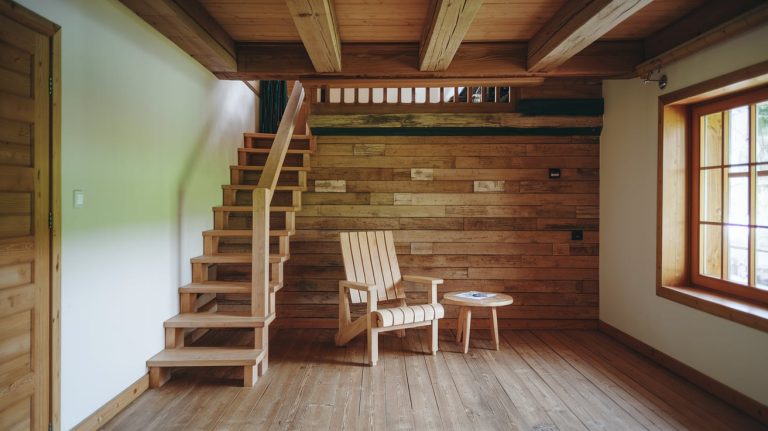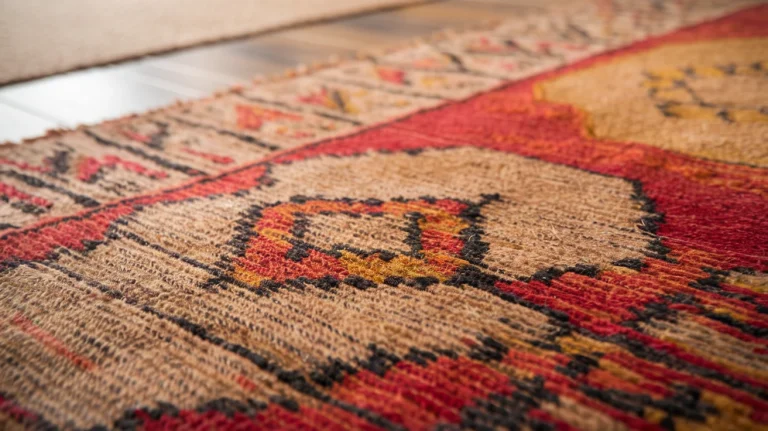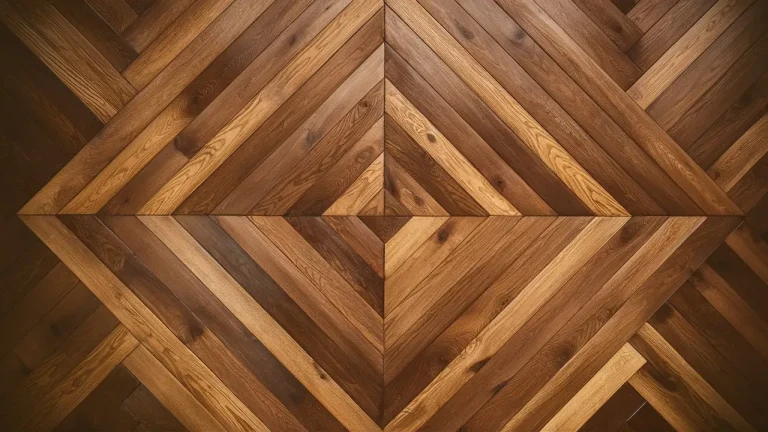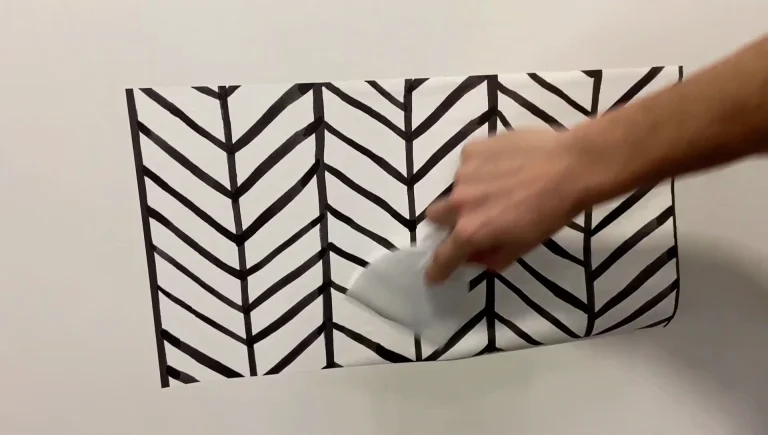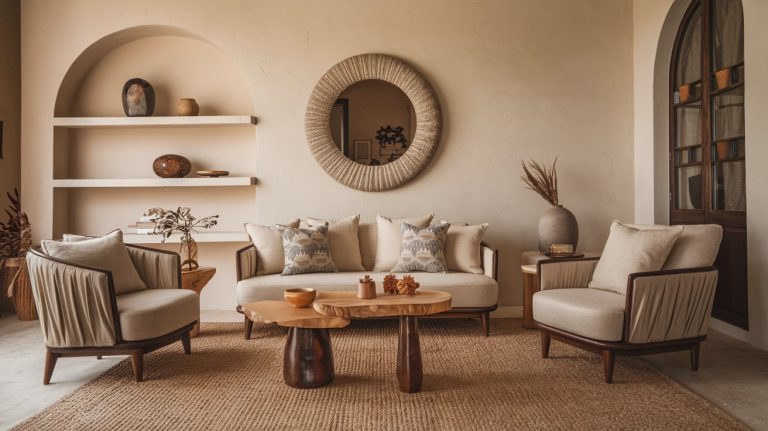Choosing the right width for your stair runner is vital for safety and looks. This guide helps you pick a width that makes your stairs both appealing and safe.
Understanding Stair Runners
What is a Stair Runner?
A stair runner is like a long, narrow carpet that goes up your stairs. It’s not as wide as the stairs themselves, so you can still see some of the steps on either side. Think of it as a cozy path for your feet as you go up and down the stairs.
Why Do People Use Stair Runners?
There are lots of good reasons to put a runner on your stairs:
- Safety: Stair runners can make your steps less slippery, which means fewer accidents.
- Comfort: They feel nice and soft under your feet.
- Quiet: Runners can make your steps quieter, so you won’t wake everyone up when you go downstairs for a midnight snack!
- Style: They can make your stairs look pretty and match the rest of your house.
What Are Stair Runners Made Of?
Stair runners can be made from different materials. Here are some common ones:
- Wool: Soft and long-lasting, but can be expensive.
- Nylon: Tough and easy to clean, great for busy homes.
- Polypropylene: Doesn’t cost much and resists stains well.
- Sisal or Jute: Made from natural fibers, they look cool but can be rough on bare feet.
Each material has its good points, so you can choose the one that fits your needs best.
Factors Affecting Stair Runner Width
When you’re deciding how wide your stair runner should be, there are a few important things to think about:
Staircase Measurements
First, you need to know how wide your stairs are. Get a measuring tape and measure from one side of the step to the other. This is important because your runner shouldn’t be as wide as the whole step – you want to see some of the step on each side.
Visual Aesthetics
This is a fancy way of saying “how it looks.” You want your stair runner to look good! If it’s too wide or too narrow, it might look funny. Most people like to see a little bit of the step on each side of the runner.
Safety Considerations
Safety is super important when it comes to stairs. Your runner should be wide enough so that when you walk up or down the stairs, your whole foot fits on it. This helps prevent slips and falls.
Personal Preferences
Everyone has different tastes. Some people like a wider runner that covers more of the step, while others prefer a narrower one that shows more of the stair. It’s okay to choose what you like best, as long as it’s safe!
Remember, choosing the right width for your stair runner is about balancing all these factors. In the next section, we’ll talk about some common widths for stair runners and how to measure your stairs. Stay tuned!
Standard Stair Runner Widths
Now that we understand what affects stair runner width, let’s look at some common sizes. Remember, there’s no one-size-fits-all answer, but these guidelines can help you decide.
Narrow Stair Runners (24-27 inches)
Narrow runners are great for smaller staircases or when you want to show off more of your beautiful stairs. Here’s what you need to know:
- Best for: Narrow staircases or when you want to see more of your stair material
- Look: Creates a sleek, modern appearance
- Caution: Make sure it’s wide enough for safety – your foot should fit comfortably on the runner
Medium-Width Stair Runners (27-32 inches)
This is the most common width for stair runners. It’s like the “Goldilocks” choice – not too wide, not too narrow, but just right for most stairs.
- Best for: Most standard staircases
- Look: Balanced appearance, showing some stair on either side
- Safety: Usually wide enough for comfortable foot placement
Wide Stair Runners (32-36 inches)
Wide runners can make a bold statement and are great for larger staircases.
- Best for: Wide staircases or when you want a luxurious look
- Look: Dramatic and cozy, covers more of the stair
- Bonus: Provides more cushioning and noise reduction
Here’s a simple table to help you remember:
| Runner Width | Best For | Look |
|---|---|---|
| Narrow (24-27″) | Small stairs, modern style | Sleek |
| Medium (27-32″) | Most stairs | Balanced |
| Wide (32-36″) | Large stairs, luxury feel | Dramatic |
How to Measure for Your Stair Runner
Measuring for your stair runner is like a mini adventure! Here’s what you’ll need and how to do it:
Tools Needed
- Measuring tape
- Paper and pencil
- Calculator (optional, but helpful)
Step-by-Step Measuring Process
- Measure stair width: Start at the bottom step. Measure from one side to the other. Write this number down.
- Measure step depth: This is how deep each step is, from the edge to where it meets the next step up. Measure a few steps to make sure they’re all the same.
- Count the steps: Don’t forget to count the landing if you have one!
- Calculate total length: Multiply the step depth by the number of steps. Add extra for landings and to wrap around the edges.
Calculating the Ideal Width for Your Stairs
Stair Runner Width Calculator
Enter your stair width to find the ideal width for your stair runner:
Now for the fun part – figuring out your ideal runner width!
- Take your stair width measurement.
- Subtract 6-8 inches. This will leave 3-4 inches of stair showing on each side.
- The result is a good width for your runner!
For example:
- If your stairs are 36 inches wide
- Subtract 8 inches (4 inches on each side)
- 36 – 8 = 28 inches
- A 27 or 28-inch wide runner would work well!
Remember: It’s okay if your runner width isn’t exact. Carpet companies often have standard widths, so you might need to choose the closest size.
Stair Runner Width Guidelines
Now that you know how to measure, let’s talk about some general rules for stair runner width. These guidelines will help you make your stairs look great and stay safe!
Exposing 3-4 inches of wood on each side
A popular rule is to leave about 3-4 inches of stair showing on each side of your runner. Here’s why this is a good idea:
- It looks balanced and neat
- It shows off your beautiful stairs
- It’s wide enough to be safe, but not so wide that it hides your stairs
Covering 2/3 to 3/4 of the stair width
Another good rule is to make your stair runner cover about 2/3 to 3/4 of your stair width. This means:
- For narrow stairs, you might cover more (closer to 3/4)
- For wide stairs, you might cover less (closer to 2/3)
This rule helps your runner look proportional to your stairs.
Adjusting for unusually wide or narrow stairs
Sometimes, stairs aren’t “normal” sized. Don’t worry! You can still have a great stair runner:
- For extra wide stairs: You might want to go wider with your runner, but still leave 4-5 inches on each side.
- For super narrow stairs: A runner might not work, but you could try stair treads instead.
Remember, these are guidelines, not strict rules. The most important thing is that your stair runner is safe and looks good to you!
Design Considerations for Stair Runner Width
The width of your stair runner affects how it looks. Let’s explore some design ideas!
Patterns and their impact on perceived width
Patterns can play tricks on your eyes:
Stripes:
- Vertical stripes can make your runner look narrower
- Horizontal stripes can make it look wider
- Big patterns: These look best on wider runners
- Small patterns: These work well on narrow or medium runners
Color choices and their effect on stair appearance
Colors can change how wide your stairs look:
- Light colors: Make stairs look wider and more open
- Dark colors: Can make stairs look narrower, but also cozy
- Bright colors: Draw attention to the runner itself
Try to choose colors that match your home’s style. A runner that goes well with your decor will always look better!
Texture considerations for different runner widths
Texture adds interest to your stair runner:
- Plush, thick textures: These look great on wider runners
- Low-pile or flat weaves: Work well on any width, but especially good for narrow runners
Here’s a fun chart to help you remember:
| Runner Width | Good Pattern Choices | Color Tips | Texture Ideas |
|---|---|---|---|
| Narrow | Small patterns, vertical stripes | Light or bright colors | Low-pile, flat weaves |
| Medium | Most patterns work well | Any color works | Any texture |
| Wide | Large patterns, horizontal stripes | Dark colors for coziness | Plush, thick textures |
Remember, the best stair runner is one that makes you happy when you see it and feels good under your feet.
Installation Tips for Various Stair Runner Widths
Installing a stair runner can be tricky, but with these tips, you’ll be ready to tackle the job or help an adult do it!
Narrow runner installation techniques
When installing a narrow runner, keep these points in mind:
- Center it carefully: Measure from both sides to make sure it’s exactly in the middle.
- Use a runner pad: This helps grip the stairs and makes it comfier to walk on.
- Secure edges tightly: Since there’s less carpet, make sure the edges are really well-attached.
Medium-width runner installation best practices
Medium-width runners are the most common. Here’s how to install them well:
- Start at the bottom: Begin installation from the bottom step and work your way up.
- Use a staple gun: Staple the runner securely, especially at the back of each step.
- Wrap around stair nose: Make sure the carpet wraps nicely around the edge of each step.
Wide runner installation challenges and solutions
Wide runners can be heavy and a bit harder to handle. Here are some tips:
- Get help: Wide runners are heavy, so ask a friend to help you lift and position it.
- Cut carefully: You might need to trim the edges to fit. Measure twice, cut once!
- Use extra padding: Wide runners benefit from good padding to prevent sagging.
Here’s a handy list of tools you might need for installation:
- Measuring tape
- Staple gun and staples
- Carpet knife
- Knee kicker
- Hammer
- Padding
Common Mistakes to Avoid When Choosing Stair Runner Width
Let’s talk about some oopsies people sometimes make when picking a stair runner width. Knowing these can help you make a better choice!
Selecting a runner that’s too narrow
A runner that’s too skinny can cause problems:
- It might not be safe if your foot doesn’t fit on it properly.
- It can look odd, like a tiny stripe down your stairs.
- It might not stay in place as well.
Opting for an overly wide runner
On the flip side, a runner that’s too wide isn’t great either:
- It can hide too much of your beautiful stairs.
- It might bunch up or look wrinkled at the edges.
- It could be harder to clean around.
Ignoring stair nosing in measurements
The “nosing” is the part of the stair that sticks out at the edge. Don’t forget about it!
- If you don’t account for the nosing, your runner might not fit right.
- The runner needs to wrap around the nosing for a neat look and safe step.
Measurement tip: When you measure your stairs, include the part that curves over the edge.
Here’s a quick checklist to avoid these mistakes:
- [ ] Runner is wide enough for safe stepping
- [ ] Some stair is visible on both sides
- [ ] Nosing is included in measurements
- [ ] Width looks balanced on the stairs
Maintenance and Longevity of Stair Runners
Taking care of your stair runner will help it last longer and look great. Let’s see how width affects this!
How width affects cleaning and maintenance
The width of your runner can make cleaning easier or harder:
- Narrow runners: Easier to vacuum around, but might show dirt more quickly.
- Medium runners: A good balance of easy cleaning and dirt-hiding.
- Wide runners: Cover more area, so less bare stair to clean, but more carpet to vacuum.
Durability considerations for different widths
How long your runner lasts can depend on its width:
- Narrow runners: Might wear out faster because traffic is concentrated in a smaller area.
- Medium runners: Usually wear evenly and last a good amount of time.
- Wide runners: Can last longer because foot traffic is spread out more.
Replacing and updating stair runners
Eventually, you might want to change your stair runner. Here’s what to think about:
- If you’re happy with the width, it’s easy to replace with the same size.
- Changing width might mean adjusting how it’s installed.
- New trends in runner styles might influence your choice when updating.
Expert Tips for Choosing the Perfect Stair Runner Width
Now that you’re almost a stair runner pro, let’s look at some expert advice to help you make the best choice for your home.
Consulting with interior designers
Interior designers know a lot about making homes look great. Here’s why talking to one might help:
- They can suggest runner widths that match your home’s style.
- Designers know about the latest trends in stair runners.
- They might think of creative ideas you hadn’t considered.
Considering your home’s overall style
Your stair runner should fit in with the rest of your house. Think about:
- Is your home modern or traditional?
- What colors do you use in nearby rooms?
- Do you prefer bold statements or subtle touches?
Here’s a quick guide:
| Home Style | Runner Width Suggestion |
|---|---|
| Modern | Narrower runners for a sleek look |
| Traditional | Medium to wide runners for classic appeal |
| Eclectic | Any width, but consider bold patterns |
Future-proofing your stair runner choice
When you choose your runner width, think about the future too:
- Will you be living in your home for a long time?
- Might you change your decor style soon?
- Do you have kids or pets who might affect your choice?
Conclusion
Wow! You’ve learned so much about stair runners and how to choose the perfect width. Let’s recap the key points:
- Measure carefully: Know your stair size before choosing a runner width.
- Consider safety: Make sure the runner is wide enough for safe stepping.
- Think about style: The width affects how your stairs look in your home.
- Balance is key: Aim to show some stair on each side of the runner.
- Care matters: Width can affect how easy your runner is to clean and maintain.
Remember, there’s no one “right” answer for everyone. The best stair runner width for you depends on your stairs, your style, and your needs.
Whether you choose a narrow, medium, or wide runner, the most important thing is that you love how it looks and feels in your home. Your stairs are like a welcome mat for your whole house – make them special!
Now you’re ready to choose the perfect stair runner width. Don’t be afraid to get creative and have fun with your choice. After all, it’s your home and your stairs!


